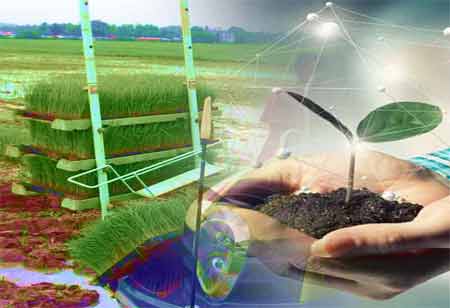Thank you for Subscribing to Food Business Review Weekly Brief
Obstacles Facing Wine Producers
Modern winemaking faces numerous challenges despite its ancient roots.

By
Food Business Review | Monday, March 04, 2024
Stay ahead of the industry with exclusive feature stories on the top companies, expert insights and the latest news delivered straight to your inbox. Subscribe today.

Winemakers can embrace new practices, technologies, and market trends and continue to produce outstanding wines.
FREMONT, CA: Modern winemaking faces numerous challenges despite its ancient roots. From environmental pressures to evolving consumer preferences and technological advancements, winemakers must navigate a complex landscape to produce quality wines. The most pressing challenge for winemakers today is climate change. Warmer temperatures can affect grape ripening, alter flavor profiles, and increase the risk of pests and diseases. Winemakers are adapting by implementing sustainable practices, experimenting with new grape varieties, and adjusting harvesting times to mitigate the impacts of climate change.
Water scarcity is a growing concern in many wine-producing regions around the world. Vineyards require significant amounts of water, and shortages can lead to decreased yields and lower grape quality. Winemakers invest in water-efficient irrigation systems, adopt dry farming techniques, and implement soil moisture monitoring to optimize water usage and preserve this precious resource. The wine industry constantly battles against pests and diseases that devastate vineyards. Climate change can exacerbate these issues by creating more favorable conditions for pests like grapevine moths, mealybugs, and grapevine leafroll virus.
Integrated pest management strategies, biological control methods, and genetic resistance are essential for winemakers to manage pest and disease pressures sustainably. Consumers increasingly demand sustainably produced wines, putting pressure on winemakers to minimize their environmental footprint and embrace eco-friendly practices. Sustainability encompasses many factors, including vineyard management, water conservation, energy efficiency, waste reduction, and social responsibility. Wineries seek certification through programs and adopting organic and biodynamic farming practices to meet consumer expectations and protect the environment for future generations.
Consumer tastes and preferences constantly evolve, presenting opportunities and challenges for winemakers. Millennials and Generation Z consumers, in particular, are driving demand for authentic, unique wines that reflect a sense of place. The shift has increased interest in natural wines, minimal intervention winemaking, and indigenous grape varieties. Winemakers must stay attuned to market trends, engage with consumers through social media and wine tourism, and adapt their product offerings to remain competitive in a rapidly changing landscape. The wine industry is becoming increasingly globalized, with wines from worldwide competing for shelf space and consumer attention.
Traditional wine regions are facing competition from emerging wine-producing countries and new players within their areas. Winemakers must differentiate their products through quality, terroir, branding, and storytelling to stand out in a crowded marketplace and capture the interest of wine enthusiasts. Technology is transforming every winemaking process, from vineyard management to grape harvesting to fermentation to aging. Using robotics, drones, sensors, and data analytics helps winemakers make better decisions, improve efficiency, and enhance wine quality. Incorporating new technologies can be costly and requires expertise, posing challenges for smaller wineries with limited resources.






